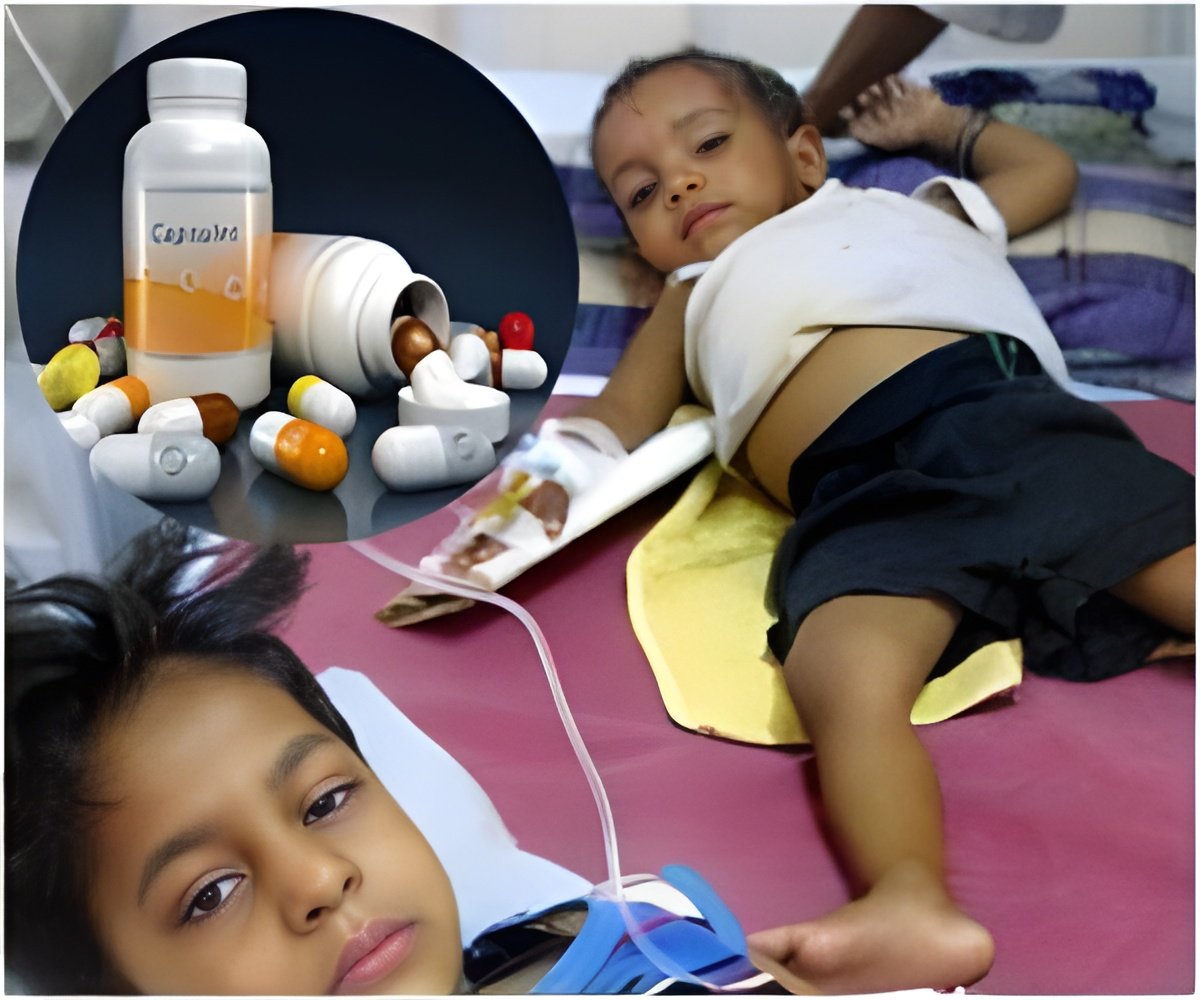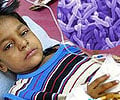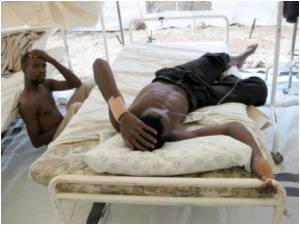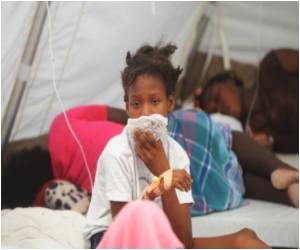In contrast to the WHO recommendations, some researchers advocate the
use of antibiotics in moderate as well as severe cases of cholera.
Cholera is a diarrheal disease caused due to intake
of food or water contaminated with a bacterium called
Vibrio cholerae. It spreads as epidemics in places of
poor sanitation and overcrowding. It causes
watery diarrhea, which could
be severe and lead to dehydration and death if not treated.
The WHO
recommends oral rehydration solution as the first line of treatment in cholera. ORS helps to prevent and
treat the dehydration and reduce the chances of death in patients with cholera.
Patients with
severe dehydration are
treated with intravenous fluids so that the fluids are replaced faster. Antibiotics
such as doxycycline, ciprofloxacin and azithromycin, tetracycline, furazolidone
and trimethoprim - sulfamethoxazole are used in the treatment in cholera
depending on the sensitivity of the organism. Antibiotics shorten the duration
of illness as well as reduce the spread of the disease to other members of the
community.
The WHO currently recommends
the use of antibiotics for severe cases only, that is, in patients with 10% or
more than 10% dehydration.
Some researchers however, feel that the
guidelines recommended by the International Center for Diarrheal Disease
Research, Bangladesh are more appropriate for the treatment of cholera with
antibiotics.
These recommendations
suggest the use of antibiotics for severe as well as moderate cases, that is,
patients with 5 to 10 % dehydration, who pass large volumes of diarrheal stools
during treatment and who suffer from typical cholera symptoms. Antibiotics are however not recommended to
prevent infections in close contacts of patients, since such a practice could
lead to the development of resistance. Since the patient may vomit out the antibiotic, researchers recommend
that the antibiotics may be started after adequate rehydration is achieved and
vomiting in the patient reduced.
Reference: Antibiotics
for both moderate and severe cholera. N Engl J Med. 2011;364(1):5-7
Source-Medindia
















